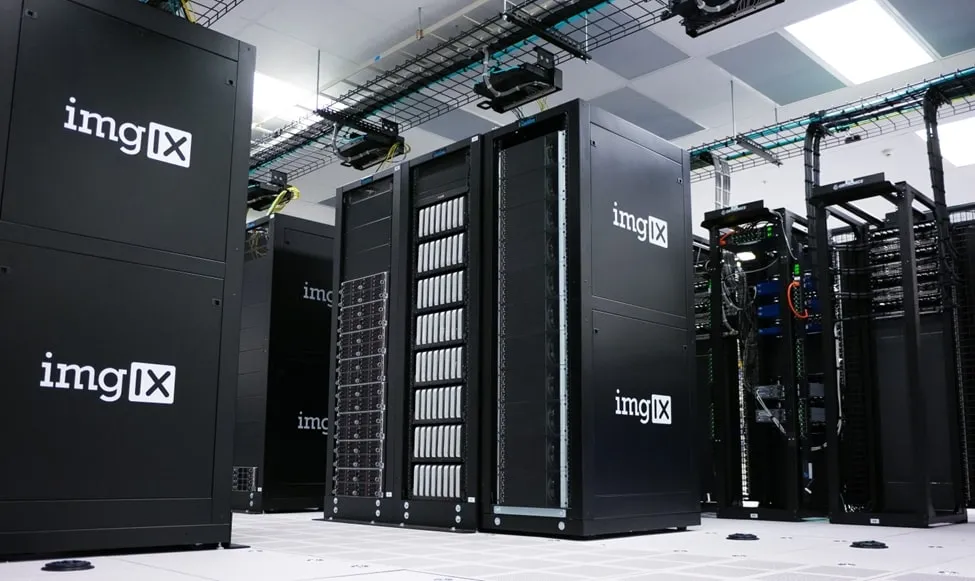
Over the last few years, cloud computing has experienced unprecedented growth as large and small enterprises digitize their operations. The widespread adoption of the cloud is mostly due to the numerous benefits cloud computing offers, including performance, cost-saving, and efficiency. However, the complex cloud architecture makes it difficult for companies to monitor and tailor the infrastructure to improve their cloud performance and efficiency.
Improving cloud efficiency can help your company stay competitive, lower costs, and increase profit margins. Fortunately, there are various optimization techniques that can help you in monitoring the cloud and improve performance. In this post, we'll look at some of the best ways to optimize your cloud and make it more efficient:
1. Implement the Cloud Auto-scaling Services
As your business grows, you need to be able to scale your cloud resources and storage accordingly to meet the growing needs. The good thing is that most cloud platforms automatically scale cloud resources on demand. Other providers offer their customers an auto-scaling option that you can implement to ensure you have enough cloud resources to keep your infrastructure running at peak performance.
The auto-scaling feature comes with load balancers that you can utilize to prevent overloading your servers during high traffic periods. After you've set the ideal scaling rules, load balancers distribute the workload across multiple instances, improving your cloud efficiency.
2. Focus On Managing Instances
Cloud providers offer different types of computing instances for different kinds of workloads. Understanding your workload's resource needs can make choosing the right size instance easier before migrating to the cloud. This is crucial since choosing a too-big instance capacity would boost your computing performance but dramatically increase your usage bills. On the other hand, you'll save money when the instance is too small but compromises performance.
Make sure you choose the right instances for your business needs. This will allow you to manage your virtual instances and increase the size accordingly to meet your business demands. This can help you avoid having unused instance capacity, improving your cloud efficiency without being too harsh on your wallet.
3. Implement Caching Services
Moving data between the cloud and a local network usually takes plenty of time and resources, significantly affecting your application responsiveness and performance. Implementing caching services helps speed up data transfers, improving your cloud efficiency and application performance. That's because cloud cache services reduce the relative distance between data transfers by mirroring your cloud data over multiple servers in a network. This way, your applications will pull data from the closest cache server other than the original cloud platform.
Endnote
Migrating your applications and data to the cloud requires investing your money, time, and resources. Improving your cloud efficiency can help you get a higher return on your investment and ensure the applications hosted on the cloud perform optimally. Following the tips above will help you optimize your cloud for maximum efficiency and, in turn, improve the performance of your applications. This will also lead to significant cost savings, increasing your margins and improving your bottom line.